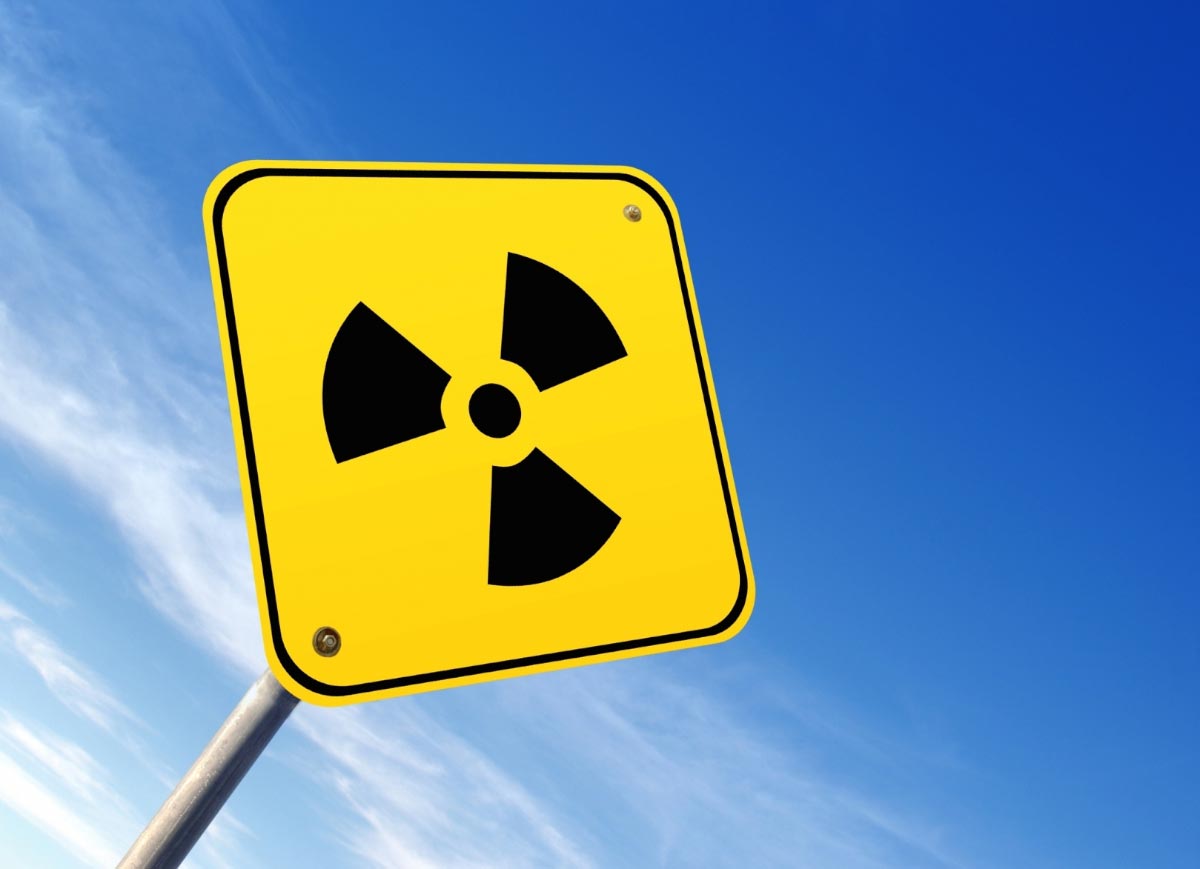Unveiling the gut-bone connection: How gut health could revolutionize osteoporosis prevention
06/06/2025 / By Willow Tohi

- Gut microbiome imbalances linked to weakened bone density and osteoporosis risk through inflammation and poor nutrient absorption.
- Microbiome diversity and specific bacterial strains (e.g., Akkermansia) influence bone health by regulating nutrients like calcium and vitamin D.
- Dietary shifts—prebiotics, probiotics, fermented foods—can strengthen both gut and bone health.
- Synbiotics and lifestyle changes may become frontline tools in osteoporosis prevention.
- Medications disrupting gut health, like PPIs, are a concern for bone density decline.
A growing body of research is challenging conventional views of bone health, indicating that osteoporosis prevention may begin not in the skeleton itself, but in the gut. A study published in June 2025 by researcher Zena le Roux and peer-reviewed research from institutions like Harvard Medical School reveal that an imbalanced microbiome—the community of bacteria in the intestines—can weaken bones by impairing nutrient absorption and spiking inflammation. This shift in understanding has profound implications for aging populations, particularly women, who are disproportionately affected by low bone density.
The discoveries highlight a critical “gut-bone axis,” where gut health directly influences bone formation and stability. “The bone-gut-immune axis is very real, and we can’t separate bone health from systemic health,” explains naturopathic physician Jodi Duval of Revital Health. As scientific evidence accumulates, natural health advocates argue that targeting the microbiome could offer safer, diet-based alternatives to pharmaceutical interventions.
The gut-bone axis: A breakthrough in understanding bone health
Historically, bone strength has been attributed to calcium and vitamin D intake, with osteoporosis tackled through medications like bisphosphonates. However, emerging studies underscore the gut microbiome’s role as a “hidden driver” of bone integrity. A landmark 2023 study from the Frontiers of Endocrinology, led by Harvard’s Douglas Kiel, analyzed data from thousands of participants and identified bacterial strains linked to bone density and microarchitecture. Variations in gut bacteria, particularly Akkermansia and Clostridiales, were associated with reduced bone strength—a finding that underscores the microbiome’s systemic influence.
These findings are not merely academic. Inflammation triggered by gut dysbiosis—a microbiome imbalance—activates bone-destroying cells called osteoclasts while suppressing bone-forming osteoblasts. “An inflamed gut seeps into the bloodstream, attacking bone tissue indirectly,” says registered dietitian Theresa Gentile. Chronic inflammation also damages the intestinal lining, further limiting calcium and magnesium absorption critical for bone health.
Mechanisms at play: Inflammation and nutrient absorption
The relationship between gut health and bones hinges on two pathways: nutrient regulation and immune signaling. First, beneficial gut bacteria enhance the solubility of minerals like calcium, making them more bioavailable for bone formation. Certain probiotics, such as Lactobacillus rhamnosus, produce short-chain fatty acids that boost mineral uptake in the intestines.
Second, the microbiome shapes inflammatory responses. Gut-derived serotonin, a neurotransmitter primarily synthesized in the gut, regulates bone remodeling. Excess serotonin stimulates osteoclast activity, accelerating bone loss, while low microbial diversity (a marker of dysbiosis) drives systemic inflammation that disrupts bone repair. “When microbes are out of balance, the body prioritizes fighting inflammation over rebuilding bone,” explains Kiel.
The 2025 study by le Roux further links microbiome dysfunctions to impaired vitamin D activation. Since vitamin D is essential for calcium absorption, weakened microbial activity in the gut exacerbates osteoporosis risk.
Dietary strategies to strengthen both gut and bones
Given the microbiome’s centrality to bone health, experts advocate for a two-pronged approach: diet and microbiome-targeted supplements. Duval emphasizes “food-as-medicine,” prioritizing inflammatory-balancing foods rich in prebiotics, probiotics and essential nutrients.
Key dietary recommendations include:
- Prebiotic-rich foods: Vegetables, legumes and garlic to feed beneficial bacteria.
- Fermented items: Kefir, sauerkraut and kimchi to repopulate the gut microbiome.
- Bone broth and collagen: For gut-lining repair and bone tissue support.
- Vitamin K2 sources: Natto and grass-fed dairy to direct calcium into bones.
- Polyphenol-rich plants: Berries and green tea to curb inflammation.
“Limiting sugar and processed foods also curbs microbial imbalances,” adds Gentile. Her research notes that sugar disrupts the growth of Bifidobacteria, a strain critical to vitamin K and calcium metabolism.
Synbiotics and lifestyle: A new frontier in osteoporosis prevention
Beyond diet, synbiotics—combinations of probiotics and prebiotics—are emerging as promising therapies. Clinical trials show that probiotic strains like Lactobacillus acidophilus reduce inflammatory cytokines linked to bone loss and boost bone-protective hormones like osteocalcin. Meanwhile, lifestyle shifts, such as limiting proton-pump inhibitors (which disrupt microbiome diversity) and prioritizing sunlight for vitamin D synthesis, could further ward off osteoporosis.
Medical professionals caution that antibiotics and corticosteroids, while lifesaving, should be used judiciously to avoid microbiome degradation. “If you’re on chronic PPIs or antibiotics, work with your doctor to include gut-healing nutrients,” advises Duval.
The future of bone health is holistic
The gut-bone connection reflects a deeper truth: the body’s systems are interdependent. For decades, osteoporosis has been framed as a mechanical issue requiring calcium supplementation. Now, with microbiome science, the paradigm shifts to viewing bone strength through a lens of whole-body wellness.
As Jodi Duval notes, “Bones don’t thrive in isolation—they respond to the whole ecosystem.” While further research is needed, the growing evidence compels a proactive approach: foster microbiome diversity through diet, reduce inflammation and avoid gut-disrupting habits. The answer to stronger bones, it turns out, might lie farther south than most suspected.
Sources for this article include:
Submit a correction >>
Tagged Under:
alternative medicine, bone health, Cures, grocuery cures, gut health, healing, longevity, microbiome, natural cures, natural medicine, osteoporosis, prevention, remedies
This article may contain statements that reflect the opinion of the author
RECENT NEWS & ARTICLES
COPYRIGHT © 2017 SCIENTIFIC NEWS




















